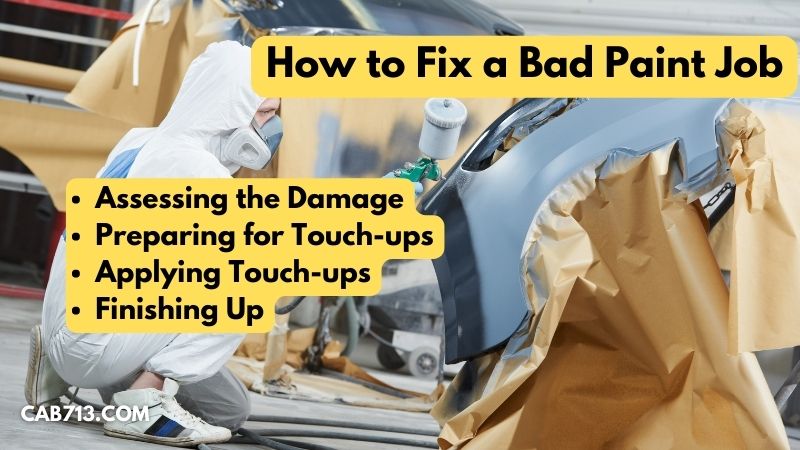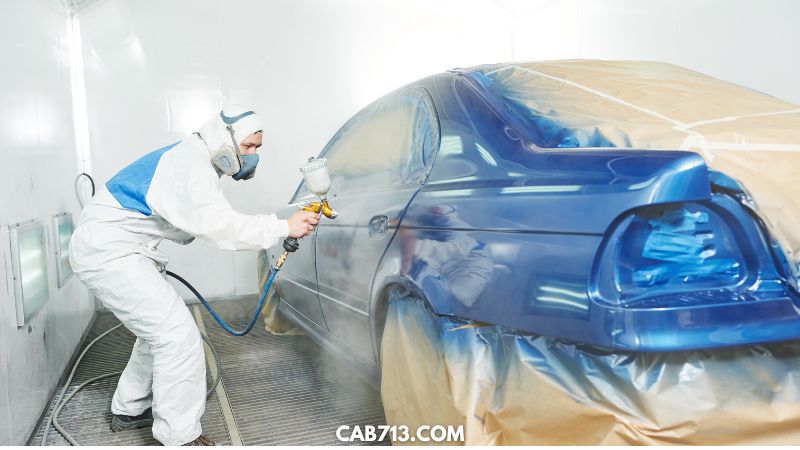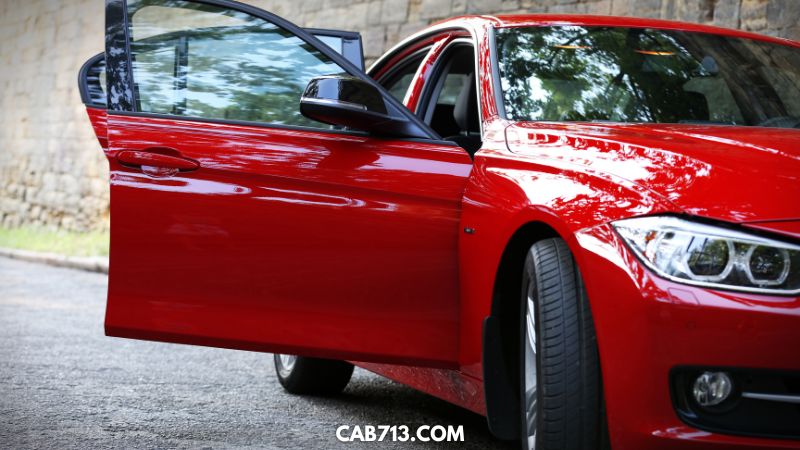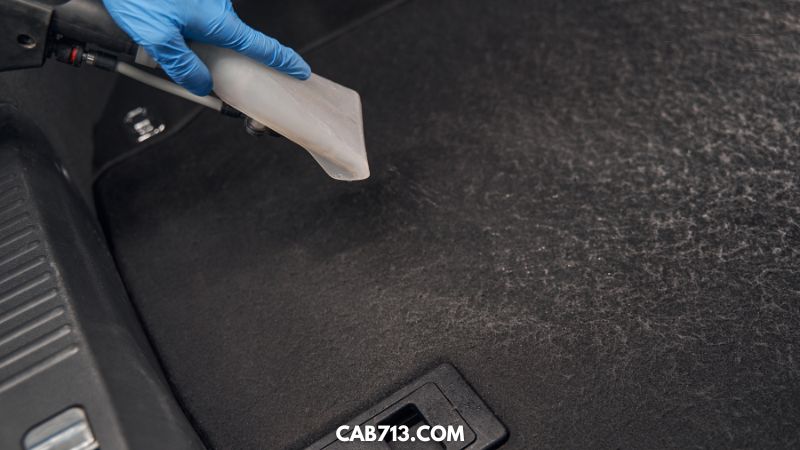Introduction
Hi folks! To start I should mention that I did have my ’87 911 re-sprayed a few years back and it turned out great. I used an independent barn-shop in Hampton, GA from a friends’ recommendation. I would use him again in a heartbeat. That’s the first car I’ve had fully re-sprayed though.

My dad had a few MGs when he was in the Navy and kept one until I was about 6 years old. What a fun car! I always thought it would be cool to pick up one and enjoy it with him. So I did. I purchased a ’74 MGB on Bring-A-Trailer about a year ago. It had gone through a partial restoration prior to my ownership.

The previous owner had it re-painted, but it was a very poor job. Of course the photos on the listing didn’t really tell the story and accurately present all the imperfections. When the car rolled off the transport I quickly knew what I was dealing with. It’s still a great looking car but could benefit from a full or partial re-spray. Not sure I will go that route though. Mechanically it’s quite tidy, so I might just enjoy the car with my dad as-is. We’ll see…
If you’ve got a car that needs some exterior TLC, fortunately there are options to touch up a bad paint job without a full re-spray. Hopefully this guide will help:)
Assessing the Damage
Assessing the damage is the first step. Take a close look at your car’s paint job to see what needs to be fixed. Once you’ve identified the problem areas, you can start preparing for touch-ups. This involves sanding down the area to be repainted and applying a primer.
Identifying problem areas
The first step is to take a close look at your car’s paint job. Identify any areas that are chipped, scratched, or otherwise damaged. These will be the areas you’ll need to focus on when you’re doing touch-ups.
Sanding down the area to be repainted
Once you’ve identified the problem areas, the next step is to sand them down. This will help create a smooth surface for the new paint to adhere to.
Applying a primer
After you’ve sanded down the area to be repainted, the next step is to apply a primer. This will help the new paint adhere to the surface and create a smooth finish.
Preparing for Touch-ups
Steps:
- Clean the area around the chip or scratch. Use a mild soap and water to remove any dirt or debris.
- Sand the area around the chip or scratch. This will help create a smooth surface for the touch-up paint to adhere to.
- Apply a primer to the area around the chip or scratch. This will help the touch-up paint stick better and last longer.
- Let the primer dry completely before moving on to the next step.
Before you start applying touch-ups, it’s important to properly prepare the area. This will help ensure that your touch-ups are as seamless as possible.
Selecting the right paint color
One of the most important steps in touch-up painting is selecting the RIGHT paint color. Obviously you want the paint to match… right? There are many on-line tools to find your specific paint code based on Make, Model, Year, and even VIN number. Here are a few good ones:
- https://www.autocolorlibrary.com
- https://chipex.com/
- https://www.automotivetouchup.com/
- https://www.paintscratch.com/
Applying the paint evenly
Once you’ve selected the right paint color, it’s time to start painting. Be sure to apply the paint evenly and in thin coats.
Allowing the paint to dry
After you’ve applied the paint, you’ll need to allow it to dry completely before moving on to the next step.
Finishing up
After the paint has dried, you can add a protective coat of varnish or sealant. This will help protect your new paint job from wear and tear.
Applying Touch-ups

Applying touch-ups is the next step. You’ll need to match the paint color as closely as possible to the original. Once you’ve found a color that matches, you can apply it to the damaged area with a brush or a roller. Be sure to follow the directions on the paint can carefully so that you get a good finish.
Letting the paint dry completely
This is essential before assessing the damage. Once the paint is dry, you can better see where touch-ups are needed.
To prepare for touch-ups, use a small brush to apply paint to the areas that need it. Work in small sections and be careful not to overdo it.
Applying touch-ups is a delicate process. You want to make sure that you don’t end up with too much paint in one area or uneven coverage.
Once you’ve finished applying touch-ups, let the paint dry completely before moving on to the next step.
The final step is to add a topcoat of clear sealer or varnish. This will protect your newly painted surfaces and
Adding a clear coat (optional)
Now it’s time to apply the touch-up paint.
- Dip a cotton swab or toothpick in the touch-up paint.
- Apply the touch-up paint to the chip or scratch, using small, light strokes.
- Let the touch-up paint dry completely before moving on to the next step.
Finishing Up
Once you’ve finished applying touch-ups, it’s important to let the paint dry completely before driving your car or washing it. You may also want to add a clear coat to protect the new paint job. After the clear coat has dried, you’re all done! Your car’s paint job should look good as new.
Finishing up is the last step. Once the touch-ups are dry, you may want to wax or polish the entire car to give it a new shine. You may also want to apply a clear coat to the touch-ups to protect them from the elements.
Common Challenges People Have on How to Fix a Bad Paint Job Without Re-Painting the Car
One of the most common challenges people face when trying to fix a bad paint job is how to remove the old paint without damaging the car. You will need to use a variety of tools and techniques to get the job done right.
Another common challenge is how to apply the new paint evenly. This can be difficult if you do not have experience painting cars. You will need to practice on a scrap piece of metal or another car before you attempt to fix your own car.
Finally, you will need to make sure that the new paint adheres properly. This can be done by using a primer or sealer before you apply the new paint. Make sure that you follow the instructions on the can carefully so that you do not damage the car.
If you are not comfortable doing this work yourself, you can always take your car to a professional auto body shop. They will be able to fix the damage and repaint the car for you. This is usually the best option if you do not have the time or patience to do it yourself.
Conclusion
Touching up minor chips and scratches on your vehicle’s paint job is a simple and easy way to keep it looking its best. With just a few supplies and a little bit of time, you can make your car look like new again.
With these tips on how to fix a bad paint job, you should be able to touch-up your car’s paint job and make it look like new again.

I’ve been a working drummer for 35+ years now and have lots of experience (good and bad) with lots of different gear. I’ll be writing how-to articles, comparison guides, FAQs, etc.., on topics ranging from acoustic drums, hardware, cymbals and accessories. I plan to post some fun video as well! I hope you’ll find this website useful in your quest for drumming knowledge:)






